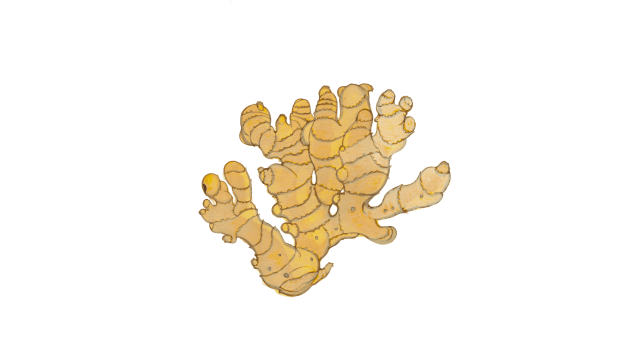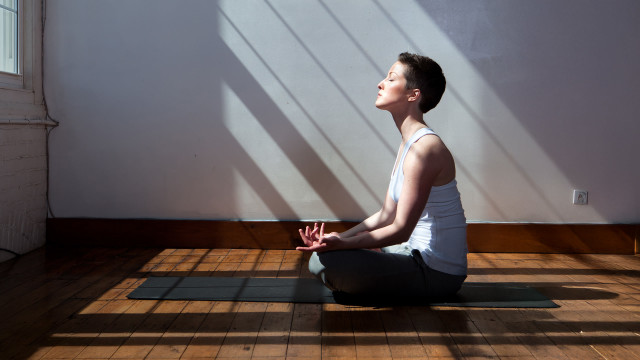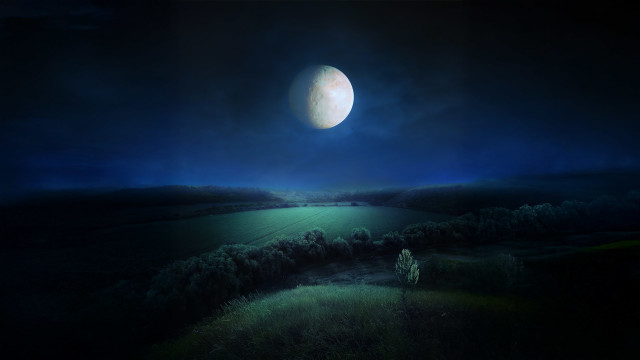Chai Is Life

Chai baptized me into adulthood. I don’t recall the exact age, but I do remember when my mum handed me my very first cup. “You are now old enough to drink tea,” she said. Chai was also the first thing I learned to make in the kitchen. I’d watched mum make chai, but learning it was a whole new thing. The techniques I picked up from her opened my eyes (and taste buds) to food, family traditions, and the pleasures of cooking itself.
I picked up details I’d so easily missed. How she’d keep the peel on the ginger when crushing it in a mortar and pestle, how she’d always add tea leaves after she combined milk and water, and how despite never using a spoon to measure her spices or sugar, she worked with great focus and intention. “This is how my mum taught me,” she’d say.
I can recall my nani working in the kitchen just as scrappily. That’s about the best word I can come up with. You can’t quite put her method into words, but you also can’t ignore it when you see it. I remember how her gaze would remain fixed firmly on all the brewing and bubbling on the stovetop while her hands would cut, peel, pick, pound, pinch, and pour things as if guided by a vision of their own. (My mother inherited this way of cooking — with gut and intuition — and she’s passed this on to me and my sister.) Once I was sufficiently apprenticed in the ways of chai, along came my first life responsibility: Making it whenever we welcomed guests.
Spiced chai
Over time, I perfected the proportion of milk to water that worked for me, and came across my ideal spice combination (fresh ginger, cardamom, cloves, and fennel, if you’re wondering). I learned subtler techniques, like simmering chai for a minute or two after it has come to a boil to extract deeper flavors. My chai slowly started to reflect my taste and preferences — an early version of me understanding my own identity.
In my early 20s, I had a relationship with a man who would make me the most delicious chai I will ever have. By now I was making it with such hard-nosed diligence, I mostly hated chai made by others. They could never get the proportions right, or the spices were all wrong. But his chai was something else. He had learned to cook professionally, yet he wasn’t chef-y about it. He was being a boyfriend who wouldn’t compromise on his girl’s chai.
Funnily enough, I don’t recall him ever asking me how I liked my chai. And yet, without ever being prompted, he learned that I liked my chai milky, not sweet, and with ginger and cardamom. My memories of that relationship have gotten hazy. But one thing is clear: Chai played a big part in bringing us close and growing our love, while we were still a “we.” A year after we parted, chai went on to define my most significant relationship yet — the one I have with myself.
My very first job turned out to be writing for a tea company. I had to move out of my home and travel to a new city for this job; the whole thing was a bit destabilizing. Surprisingly, the job itself was the most comforting part of this whole situation — it was tea, after all. And as chai made way for more kinds of tea, my professional identity as a writer and then as a tea taster started to take form. I immersed myself in learning about tea, consumed a copious amount, and wrote even more.
Tea, in return, stirred my soul and pulled out a new me. It inspired in this homebody of a person a ravenous appetite for exploration. For someone rigidly set in her ways, tea humbled me into receiving the new and the strange. I started erring on the side of potential, and not just with tea.
The language of tea isn't about likes and dislikes, right and wrong. It is about describing things just the way they are. To speak this language, all you have to do is pay attention to thoughts, feelings, and memories. Like the warmth you felt in your grandma's kitchen or the snuggly feelings from being wrapped in a hundred layers on a cold winter morning. You care for rich details, not quantitative evaluations.
Immersive moments with chai
Until I practiced it, I did not realize how describing something just as it is, without judgment, can feel so meditative and cathartic. It was in these immersive and aware moments I started noticing and cultivating my own values. The person (and writer) I am today stands on the firm legs of this experience.
Chai has punctuated my life. In its many avatars, chai continues to live at the center of my cultural, professional, and personal identity. Even though I drink a lot more loose-leaf tea now, chai remains a morning staple and I still eyeball the whole process. I continue to be finicky about what goes into my chai, but I lean into the spirit of experimentation more frequently now.
I trust few people to make good chai; trusting someone with it is my way of inducting them into my life. I work in tech now, but I continue to be associated with tea, if only recreationally. In a way, chai ensures that all the important parts of my past — learnings, rituals, memories — carry forward into every new phase of life. At the very least it makes marking these moments easy.
I sometimes wonder what would happen if I let chai go. Will my past fade? Will my professional identity shrink? Will I become lesser than what I am today? It is only by letting something go we make room for the new. It is the only way we grow and evolve.
But chai has married itself to my system, and my system to it. By stepping away, I am afraid I would lose the whispers of memories it sends my way. That I will lose the warmth of nostalgia. But what I am most afraid to lose is something that’s taken a dangerously long time for me to achieve — a sense of who I am.
My chai recipe (of sorts)
I don’t exactly measure my way through this process, but here’s the way I learned to make chai.
- Take the cup in which you will drink your chai. Fill it halfway through with tap water
- Pour this water into your milk pan and put it to boil
- Draw out a big pinch or roughly ¾ tsp of CTC black tea leaves (this is different from loose-leaf tea in that here the tea leaves are crushed and shaped into small pellets — “crush, tear, curl”). Loose-leaf black tea is delicate and cannot accommodate milk well. Hence, it’s not advisable for chai.
- Add it to the water and wait for the mixture to come to a boil. Allow it to turn dark brown (like the color of dark chocolate).
- Meanwhile, take the same cup and fill it halfway through with milk. I prefer cow’s milk.
- Once the concoction is bubbling, pour the milk. Lower the heat and add a preferred amount of sugar or jaggery.
- Simmer until the chai turns the color of toffee. This takes 2 to 3 minutes, but just aim for the color, irrespective of how long it takes to get there.
- Once there, strain the chai into your cup and enjoy.
Pro tip: If you are using jaggery or palm sugar, make sure to lower the temperature before adding this to the milky mixture or else your milk will split.
To make masala chai (spiced chai), reach into your kitchen cabinets and refrigerator to draw out whatever spice you can find. I prefer ginger, cardamom, clove, fennel, cinnamon, and tulsi (holy basil) leaves. Add lemongrass and mint, if it’s summer. Remember to crush/tear your spices and add them to the water before you toss in the tea leaves. You want to boil the spices for a minute or two. This way their flavor comes through really well.
Key Takeaways
- The daily ritual of chai is meditative.
- Tea has antioxidants for good health.
- Add spices to elevate your chai.









